
Kód: 02743964
Genome annotation and finding repetitive DNA elements
Autor Renu Rawat
Bachelor Thesis from the year 2014 in the subject Computer Science - Bioinformatics, grade: 8.26, Lovely Professional University, course: b.tech honors biotechnology, language: English, abstract: As the number of genomes sequenced ... celý popis
- Jazyk:
 Angličtina
Angličtina - Vazba: Brožovaná
- Počet stran: 44
Nakladatelství: Grin Publishing, 2014
- Více informací o knize

Mohlo by se vám také líbit
Darujte tuto knihu ještě dnes
- Objednejte knihu a zvolte Zaslat jako dárek.
- Obratem obdržíte darovací poukaz na knihu, který můžete ihned předat obdarovanému.
- Knihu zašleme na adresu obdarovaného, o nic se nestaráte.
Více informací o knize Genome annotation and finding repetitive DNA elements
Nákupem získáte 122 bodů
 Anotace knihy
Anotace knihy
Bachelor Thesis from the year 2014 in the subject Computer Science - Bioinformatics, grade: 8.26, Lovely Professional University, course: b.tech honors biotechnology, language: English, abstract: As the number of genomes sequenced is increasing at high rate, there is a need of gene prediction method which is quick, reliable, inexpensive. In such conditions, the computations tool will serve as an alternative to wet lab methods. The confidence level of annotation by the tool can be enhanced by preparing exhaustive training data sets. The aim is to develop a tool which will read data from a DNA sequence file in the fasta format and will annotate it. For this purpose Genome Database was used to retrieve the input data.§§PERL programming has been put to develop this tool for annotation. To increase the confidence level of annotation the data was validated from multiple sources. Perl script was written to find the promoter region, repeats, transcription factor binding site, base periodicity, and nucleotide frequency. The program written was also executed to identify repeats, poly (A) signals, CpG islands, ARS. The tool will annotate the DNA by predicting the gene structure based on the consensus sequences of important regulatory elements. The confidence level of annotation of the predicted gene, non-coding region, ARS, repeats etc. were checked by running test dataset. This test dataset was annotated data as reported by genome database and computational tools. Gene prediction of the non-coding regions as reported by genome database (SGD) were performed by existing tools; the regions identified as non-coding by these tools were then analyzed for presence of repeats. The BLAST was used to annotate on the basis of sequence similarity with the already annotated genes.§§GeneMark.hmm and FGENESH were used for gene prediction. In order to validate the predicted results, annotations of genome of Saccharomyces cerevisiae from SGD Database, and output of different computational tools viz, Emboss-CpGplot, PolyAh, REPFind, Promoter 2.0 Prediction Server were compared with the output of developed tool. The output generated was also used for validation and checking sensitivity of the tool. Such tools reduce the cost and time required for genome annotation and bridge the gap between sequenced and annotated data. The output generated by the developed tool was also used for validation and checking sensitivity of the tool. Such tools reduce the cost and time required for genome annotation and bridge the gap between sequenced and annotated data.
 Parametry knihy
Parametry knihy
Zařazení knihy Knihy v angličtině Computing & information technology Information technology: general issues
1217 Kč
- Plný název: Genome annotation and finding repetitive DNA elements
- Autor: Renu Rawat
- Jazyk:
 Angličtina
Angličtina - Vazba: Brožovaná
- Počet stran: 44
- EAN: 9783656659815
- ISBN: 3656659818
- ID: 02743964
- Nakladatelství: Grin Publishing
- Hmotnost: 68 g
- Rozměry: 210 × 148 × 3 mm
- Datum vydání: 03. June 2014
Oblíbené z jiného soudku
-
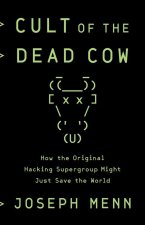
Cult of the Dead Cow
379 Kč -

Elements of Computing Systems
1481 Kč -

Playful Production Process
1316 Kč -

Machine Learning For Dummies, 2nd Edition
665 Kč -

Using SAP S/4HANA
736 Kč -

Founders at Work
723 Kč -

Mastering the Art of Unreal Engine 4 - Blueprints
397 Kč -

Scrum and Xp from the Trenches - 2nd Edition
658 Kč -

Fundamentals of Machine Learning for Predictive Data Analytics
2158 Kč -

Introduction to Computation and Programming Using Python, third edition
2023 Kč -

Heads-Up Online Poker Excellence Guide
330 Kč -

Back into the Storm
700 Kč -
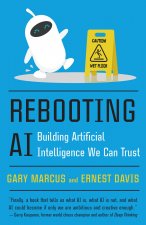
Rebooting AI
371 Kč -

Python Architecture Patterns
1261 Kč -
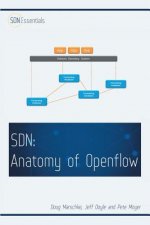
Software Defined Networking (SDN)
870 Kč -
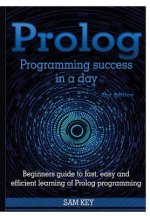
Prolog Programming Success in A Day
932 Kč -

AQA AS and A Level Computer Science
1256 Kč -
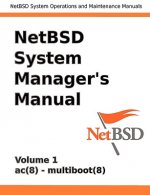
NetBSD System Manager's Manual - Volume 1
927 Kč -
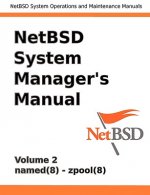
NetBSD System Manager's Manual - Volume 2
927 Kč -

Bpmn 2.0
738 Kč -

Technology Made Simple for the Technical Recruiter, Second Edition
418 Kč -

Scrumban - Essays on Kanban Systems for Lean Software Development
621 Kč -
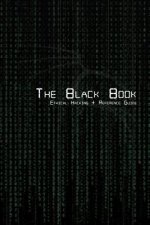
Black Book Ethical Hacking + Reference Book
878 Kč -

Guide How To Install Windows Xp Sp3 For Beginner (Edition 2018)
277 Kč -

IBM Lotus Quickr 8.5 for Domino Administration
1124 Kč -

Information Technology
675 Kč -
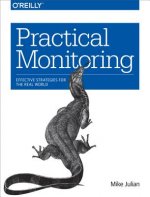
Practical Monitoring
577 Kč -
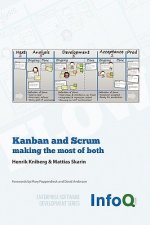
Kanban and Scrum - Making the Most of Both
706 Kč -

Beginning Blockchain
1259 Kč -

Amazon Echo
967 Kč -

Ghidra Software Reverse Engineering for Beginners
1121 Kč -

Debian Administrator's Handbook, Debian Jessie from Discovery to Mastery
1428 Kč -

Oracle APEX Reporting Tips & Tricks
910 Kč -

Selenium Testing Tools Cookbook -
1251 Kč -

Citrix XenDesktop & XenApp 7.7/7.8
2525 Kč -

International Journal for Digital Art History
909 Kč -

Sell Like Crazy
1256 Kč -
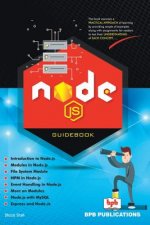
Node .Js
828 Kč -
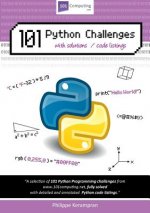
101 Python Challenges with Solutions / Code Listings
745 Kč -

IT Support Handbook
1259 Kč -

Smart Card Programming
1027 Kč -

Coreldraw Training Guide
797 Kč -

Turing's Vision
498 Kč -

Ready-Made Visual FoxPro Applications for File Maintenance
461 Kč -

Adobe InDesign CC
958 Kč -

Prestashop 1.6 User Guide
1028 Kč -

IT Project Management
511 Kč -

Information Technology: An Introduction
4077 Kč -

ITIL Foundation Essentials
454 Kč
Osobní odběr Praha, Brno a 12903 dalších
Copyright ©2008-24 nejlevnejsi-knihy.cz Všechna práva vyhrazenaSoukromíCookies








 Vrácení do měsíce
Vrácení do měsíce 571 999 099 (8-15.30h)
571 999 099 (8-15.30h)